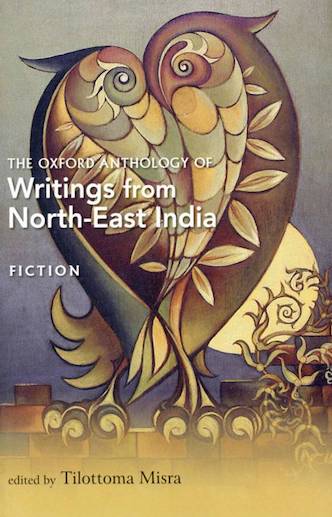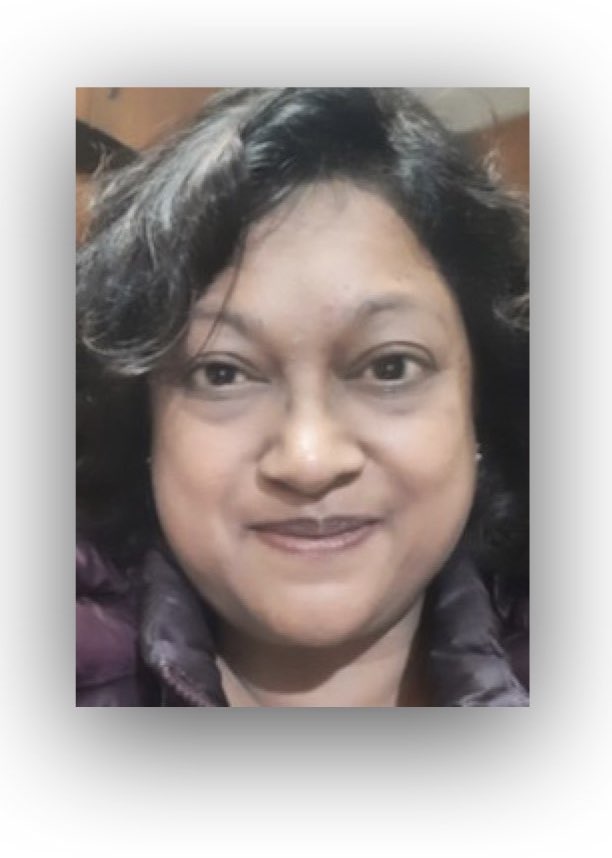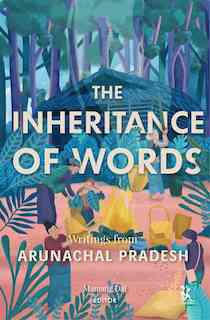
The poets from the north-eastern region have to meet the double challenge of truth and liberty, of identity and unity, of cultural loss and recovery, of ethnic specificity and aesthetic universality.
ONLY in the last one decade or so has the vibrant contemporary writing from the north-eastern region written in many languages, including English—Assamese perhaps is the only exception —really begun to reach the rest of India and the world through translations and anthologies. The reasons may be many: the marginalisation of the region in general in the mainstream discourses on culture and literature, the difficulty in comprehending the many contradictory worlds—the folk and the modern, the rural and the urban, the native and the Western—that uneasily coexist in the region and the shortage of competent translators who can directly translate into English or other Indian languages from languages like Karbi, Mishing, Bodo, Kokborok, Khasi, Mizo, Ao and Angami (Tenyidie) being some among them. (In some sense, these are also the reasons why Indian literature in the languages mostly remains inaccessible outside the English-speaking world.)
Our understanding of north-eastern literature even now may be skewed as the writing we receive is what comes filtered through editors and translators with their own prejudices and preferences; yet we need to thank the few who have taken the trouble to explore this less travelled world and bring us at least some good samples of what is being written in the languages of the north-eastern region. Journals like The NEHU Journal brought out by North-Eastern Hill University; Yaatra, a journal of Assamese literature and culture edited by the writer Dhrubajyoti Bora; and the more recent Northeast Review, an e-journal edited by the young poet Aruni Kashyap have been publishing translations of and critical writing on north-eastern literature.
Besides these, my sources for this piece and the next include two anthologies of north-eastern poetry: Anthology of Contemporary Poetry from the Northeast jointly edited by two poet-translators, Robin S. Ngangom and Kynpham Sing Nongkynrih (NEHU, Shillong, 2003), and Writings from North-East India edited by Tilottoma Misra (Oxford University Press, 2011). I may also suggest a book among many for background reading: The Peripheral Centre: Voices from India’s Northeast edited by Preeti Gill and published by Zuban (2010) that brings together a host of interesting, often moving, first-hand studies of conflict, insurgency, counter-insurgency, development, gender and health issues and the many forms of social protest in the region. […]
Colonialism and Christianity did not impact Manipur strongly because of the Vaishnavite tradition there. So the Manipuri writers developed a modernism of their own inspired chiefly by the pre-Vaishnavite Meitei past that is being reinvented now. Modern poetry was born chiefly amidst the ravages of the Second World War, according to Robin S Ngangom who has done excellent translations of a lot of Manipuri poetry. […]
Source: “Voices from the hills” by K. Satchidanandan, Frontline Magazine edition, 14 June 2013
Address : https://www.frontline.in/columns/K_Satchidanandan/voices-from-the-hills/article4742386.ece
Date Visited: Sun Jul 28 2013 18:54:20 GMT+0200 (CEST)
K. Satchidanandan is a Malayalam poet, translator, academic and bilingual critic and former Secretary, Sahitya Akademi.
E-mail: [email protected]
Source: Trends in regional languages and literature from Asia and the subcontinent. | Frontline
Address : https://www.frontline.in/columns/K_Satchidanandan/
Date Visited: Sun Jul 28 2013 18:55:34 GMT+0200 (CEST)
[Bold typeface added above for emphasis]

“[A] common perception of conversion, prevalent in India, is that all conversions take place only among deprived lower caste or tribal groups, which are considered more susceptible to allurement or coercion. The reality of upper caste conversions is ignored in this climate of cynicism.”– Dr. Ivy Imogene Hansdak in Pandita Ramabai Saraswati: the convert as ‘heretic’

The Inheritance of Words: Writings from Arunachal Pradesh edited by Mamang Dai
More about Fiction & Poetry >>
Learn more
Bondage | Bonded labour | Human trafficking | Slavery | Zamindari
Childhood | Childrens rights: UNICEF India | Safe search
Colonial policies | Freedom Struggle | Independence
Denotified Tribe vs. “criminal tribe“
Figures, census and other statistics
Health and nutrition | Recommendations by the Expert Committee
“In fact, we still do not know to what extent global supply chains are maintained by slavery and child labor. Because of these and other factors, slavery today is more profitable than ever before, and also more woven into the global economy than ever before.” – Siddharth Kara on the persistence of modern slavery| Learn more >>
Human trafficking is a crime. To report in India, call
– Shakti Vahini +91-11-42244224, +91-9582909025 or
– Childline 1098 (national helpline)
Human Rights Commission (posts) | www.nhrc.nic.in (Government of India) >>
Find scholarly books, poetry and fiction relating to tribal culture – Indian publishers
List of sites covered by this Google custom search engine
To find children’s and educational books or search Indian periodicals, magazines, web portals and other sources safely, click here >>
Search tips
Combine the name of any particular state, language or region with that of any tribal (Adivasi) community.
Add keywords of special interest (health, nutrition endangered language, illegal mining, sacred grove); learn about the rights of Scheduled Tribes such as the “Forest Rights Act” (FRA); and the United Nations “Declaration on the Rights of Indigenous Peoples”, “Universal Declaration of Human Rights”, “women’s rights”, or “children’s right to education”.
Specify any other issue or news item you want to learn more about (biodiversity, bonded labour and human trafficking, climate change, ecology, economic development, ethnobotany, ethnomedicine, global warming, Himalayan tribe, hunter-gatherers in a particular region or state, prevention of rural poverty, water access).
For official figures include “scheduled tribe ST” along with a union state or region: e.g. “Chhattisgarh ST community”, “Scheduled tribe Tamil Nadu census”, “ST Kerala census”, “Particularly Vulnerable Tribal Group Jharkhand”, “PVTG Rajasthan”, “Adivasi ST Kerala”, “Adibasi ST West Bengal” etc.
In case the Google Custom Search window is not displayed here try the following: (1) toggle between “Reader” and regular viewing; (2) in your browser’s Security settings select “Enable JavaScript” | More tips >>
Tips for using interactive maps
Toggle to normal view (from reader view) should the interactive map not be displayed by your tablet, smartphone or pc browser
For details and hyperlinks click on the rectangular button (left on the map’s header)
Scroll and click on one of the markers for information of special interest
Explore India’s tribal cultural heritage with the help of another interactive map >>